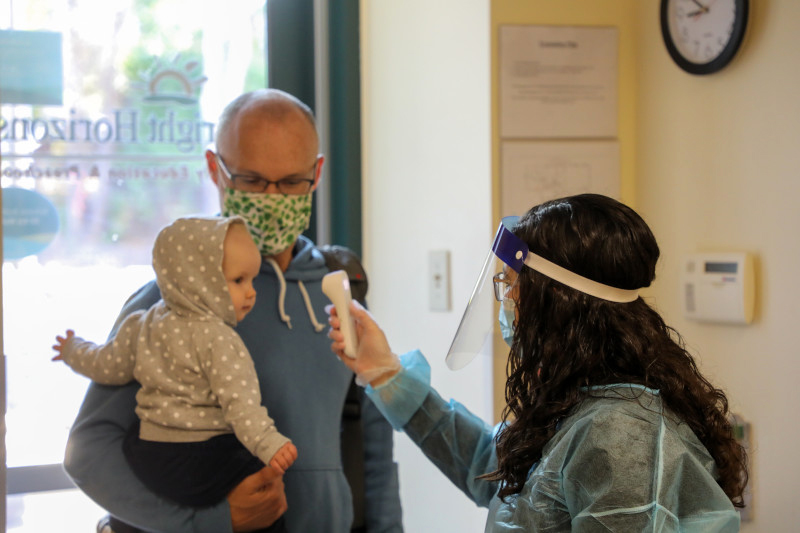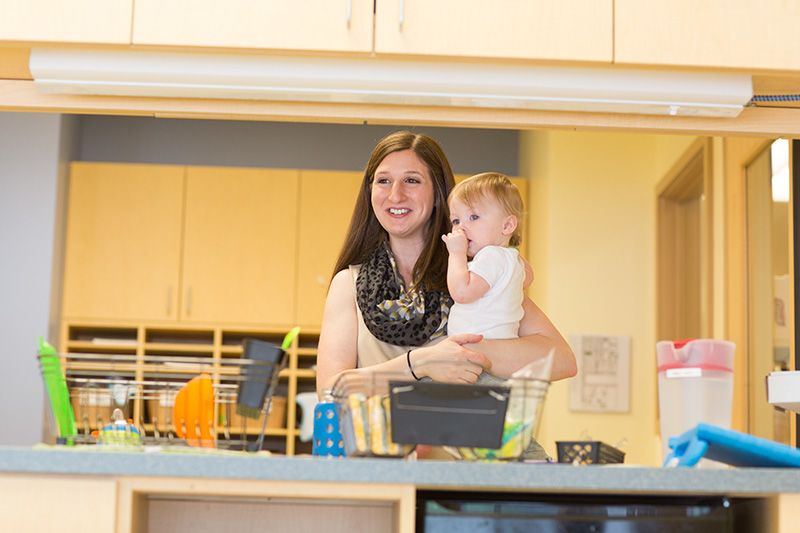Some years ago, a benefits manager I know was talking about her personal mission to bring family benefits to her company. “It was all about the numbers,” she said.
That was then.
These days, the ROI of family benefits is staring back at us from our workforces. For employees with children, they either have child care or they don’t, so they either can work or they can’t. That’s pretty much it. “We didn’t have a lot of time for ROI,” UNFI CHRO Danielle Benedict told us in a recent panel discussion about quick decisions made to keep her food-industry company moving forward.
Danielle was referring to investments her organization made in 2020, when the world changed overnight. Suddenly schools were closed, child care availability plummeted, and parents lost the help they counted on to do their jobs. Employers nationally found themselves with a third of the workforce potentially sidelined by lack of child care.
Yet business needed to soldier on. Employers needed people in distribution centers, in home offices, on phones. Children needed to be cared for. Suddenly, the costs of caregiving gaps – things that once required lots of number-crunching to communicate -- were right there in black and white. “For us,” Danielle said recently about introductions of programs like schedule flexibility and back-up care, “it was just our leadership team asking the question, ‘What can we do to help our people be better?’” Similar conversations were happening around the country, fueling quick actions such as at the Broad Institute, where dedicated child care for their workforce was up and running in a matter of weeks.
“We’re not dealing with ROI like we were five years ago,” Bright Horizons VP Nigel Birtwistle said on the same panel discussion with Danielle. “It simply isn’t a top-three question from the C-suite anymore. It used to be. Now it’s, ‘What can I do to address X, Y, and Z?’”
The cost of child care breakdowns was always there. Three years ago, publications like Slate showed gaps were costing employees about eight days of work every year. With parents representing a third of the workforce, you didn’t need a calculator to guess the fallout. Yet Slate helpfully did the math, putting total related business losses at $4-plus billion annually. The pandemic just brought it all screaming into unmistakable full view.
And while the pandemic will ease (eventually), the calculus won’t change: if children aren’t cared for, parents can’t be on the job, and work won’t get done. It’s true now, it will be true when some degree of ‘normal’ arrives (which some experts say is at least a year out) and it will still be true when the pandemic ends. Danielle put it this way: “People are running this business. And you’re going to need people today, you’re going to need people tomorrow. So you have to adapt and you have to take care of them.”
There’s one more thing. The problem isn’t just gaps, it’s supply. That same Slate story said two-thirds of parents were having a hard time finding child care at all. That was before the pandemic decimated the number of available slots, which is expected to be about half what it was in early 2020. Leaders we’re talking to are looking to give themselves a head start by figuring it out now.
As reopening unfurls, no child care could mean no parents on the job, and so a snowball on consequences across companies, from R&D to customer support.
No numbers are required to tell that story. The ROI of having people on the job is unmistakable.





